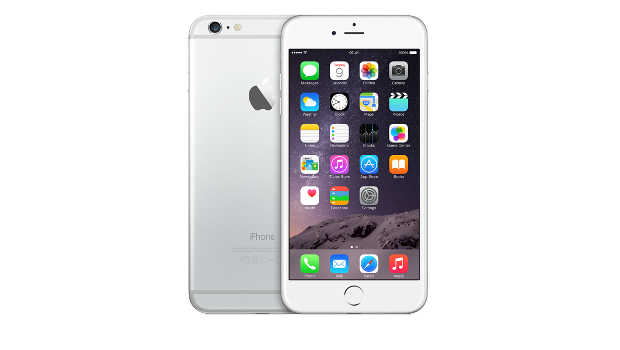Apple has taken the iPhone into the sixth generation with the launch of the widely anticipated iPhone 6 and iPhone 6 Plus, its thinnest, and largest, phones ever, running on a new 64-bit chip.
Apple is also moving into the payments business with ApplePay, incorporated into the iPhone 6 and 6 Plus, which feature a built-in NFC radio antenna.
Payment card information is stored and encrypted in what Apple calls the Secure Element; in the US credit and debit cards from American Express, MasterCard and Visa will be supported.
The iPhone 6, with a 120mm (4.7”) screen displaying 1 million pixels, is just 6.9mm thick, while the 140mm (5.5”) 6 Plus is 7.1mm thick and displays 2 million pixels. By comparison, the Huawei P7 is just 6.5mm thick.
The new A8 processor is billed as 25% faster than its predecessor, while the graphics processor is a claimed 50% faster.
The iPhone 6 and 6 Plus also feature a new motion co-processor, the M8, that can distinguish between different activities such as walking, cycling or running, the company said, and can estimate distance and elevation. There is also a new barometer sensor in the phones.
The iPhone 6 and 6 Plus use 150Mbps LTE and support 20 LTE bands, which Apple claims is more than any other smart phone.
The iPhone 6 starts at €299 in Ireland direct from Apple for the 120mm (4.7”) screen, 16GB model, from 26 September. The larger, 140mm (5.5”) screen, model starts at €799 for the 16GB model going up to €999 for the 128GB model.
Both phones have an 8-megapixel iSight camera with an f/2.2 aperture. Both can record 1080 HD video at up to 240 frames per second for slow motion effects.
The phones will run Apple’s iOS 8 operating system. Users of other Apple mobile devices can download iOS for free starting on 17 September.
It is not yet known when the Apple Pay service will be available in Ireland.
Zach Miners, IDG News Service and TechCentral Reporters







Subscribers 0
Fans 0
Followers 0
Followers